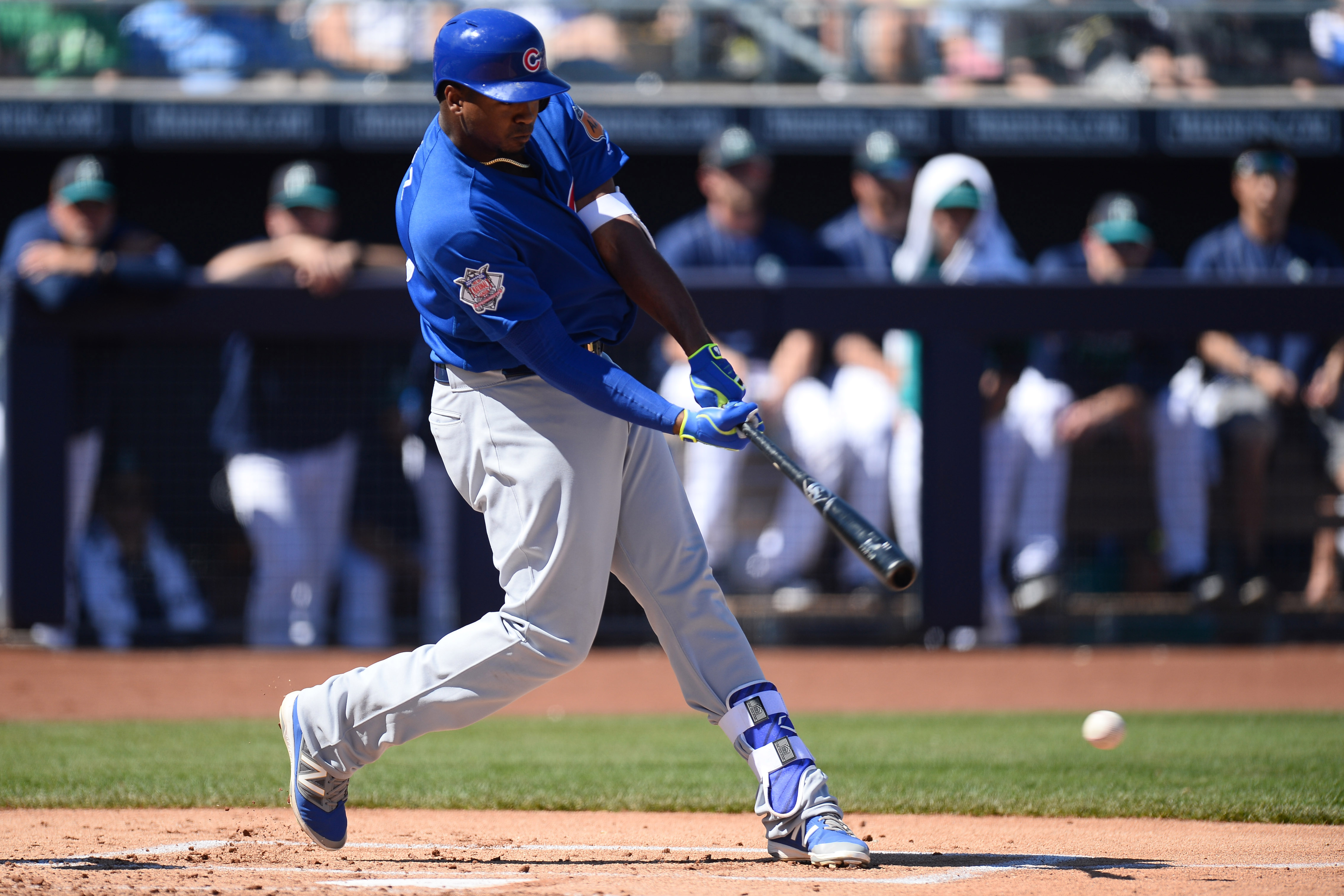Scott Kornberg is the radio play-by-play voice of the Myrtle Beach Pelicans, the High-A affiliate of the Chicago Cubs, also known as the team that Eloy Jimenez played for in 2017 prior to the trade that brought him to the White Sox organization. Along with Bryant Flete, and Matt Rose, Kornberg has seen Jimenez up close for the entire 2017 season, so I caught up with him for a Q&A on the players the White Sox received in that blockbuster deal that sent Jose Quintana to the Chicago Cubs.
Hershkovich: With Jimenez, Flete and Rose facing the Winston-Salem Dash, the White Sox’s High A affiliate, they just needed to switch clubhouses the day of the trade. What was their initial reaction?
Kornberg: The players had a feeling it was going to happen. Jimenez had been held out of batting practice, Rose hadn’t played in a few days and Flete the same thing. Rose is from America, so he kind of understood that it’s a business, and he had a shot in the White Sox organization, as opposed to the Cubs’, who are loaded with prospects. Plus, since he grew up and played college baseball in the south, he knew some of the players in the organization.
Flete was saying how he didn’t know anybody, but he recognized the Cubs have a really good second baseman (David Bote) in Double-A, along with Baez in the majors. He also knew that he was raking in the minors and thought maybe the Sox aren’t as stacked in the middle infield. For Jimenez, he came to the Cubs over a few good offers when he was 16 years old. He took it the hardest of the three because he really wanted to be a part of the organization. He signed because his favorite players growing up were Moises Alou and Sammy Sosa, growing up watching the team in the Dominican. But after meeting some of his new coaches and teammates, it has sort of eased his anxiety a little bit.
Hershkovich: How has Jimenez developed in the outfield this season, and where does he need to still improve?
Kornberg: His plate discipline really improved; he doubled his walk rate this year (5.4 percent to 10.3 percent). At the beginning, pitchers in the Carolina League were afraid to throw to him because he utterly destroyed everyone. He rarely got a first pitch fastball. Instead, he’d get 3-1 or 2-0 breaking balls. The Pelicans wanted to see if he was going to start chasing pitches because of it, but he took his walks. They wanted to see a bit more of a consistent approach at the plate because of late, he started to swing at those breaking balls with the offense not scoring runs. But he literally knocked out two stadium lights in batting practice, and he even hit a home run left-handed. The Cubs had to really talk themselves into trading him.
Hershkovich: Jimenez has been described as a hitter first, outfielder second. Where is his game at defensively?
Kornberg: I don’t think he’s a terrible defender; he’s a huge guy (6-foot-4, 205 lbs.), moves really well and covers a lot of ground in the outfield. We saw him make a lot of good plays, especially moving to his left. The one weakness he would probably have is his arm. He’s not going to be Jason Heyward or Albert Almora, but he has some pretty good range for a guy who can hit, and I think he can be an average defender.
Hershkovich: Which former or present major leaguer would you compare him to?
Kornberg: I really think that he has a chance to be a superstar in the major leagues and can hit 40 homers consistently. His dad was a teacher, so he’s a smart kid and a leader. A lot of Pelicans’ coaches thought he could be a higher-ceiling Jorge Soler were Soler have been able to avoid his many injuries. He’s similar to Jermaine Dye too but could be even better.
Hershkovich: What should fans expect from Flete?
Kornberg: He’s an interesting story because he grew up a right-handed batter and played in the Little League World Series with Venezuela. He eventually took up switch hitting when he was growing up, but his first year in the Cubs’ organization, they made him a strict left-handed hitter. Over the last year-plus, he started to figure out how to face a lefty on the mound because you’re normally used to seeing that from the right side. Initially, he was a slappy kind of hitter, but after that adjustment, he also started to pull the ball with a little more authority and hit with power into the gaps. He’s a little second baseman (5-10, 146 pounds), but that swing change was the big thing that made him appealing to the White Sox. He’s not a plus-defender at second base, but maybe he’s a utility guy that can play a little at second, third, or short. He’ll need to continue to develop his range.
Hershkovich: How about the ceiling for Rose?
Kornberg: He was a guy who had an awful first half last year with an OPS of about .500. The Cubs really worked with him on balance (at the plate), and that led to a huge second half with South Bend, the team’s Low-A club, and it carried over this year. He hits for a lot of power and is tied for a league-best 14 home runs this season. He’s also a guy that they wanted to see walk more with his OBP at .281. But right-handed power is at a premium right now, and he has clearly shown he can make adjustments to his game. He’ll need to improve his eye at the plate since he has a tendency to strikeout.
Lead Photo Credit: Joe Camporeale-USA TODAY Sports

Very good information. Thank you for this.